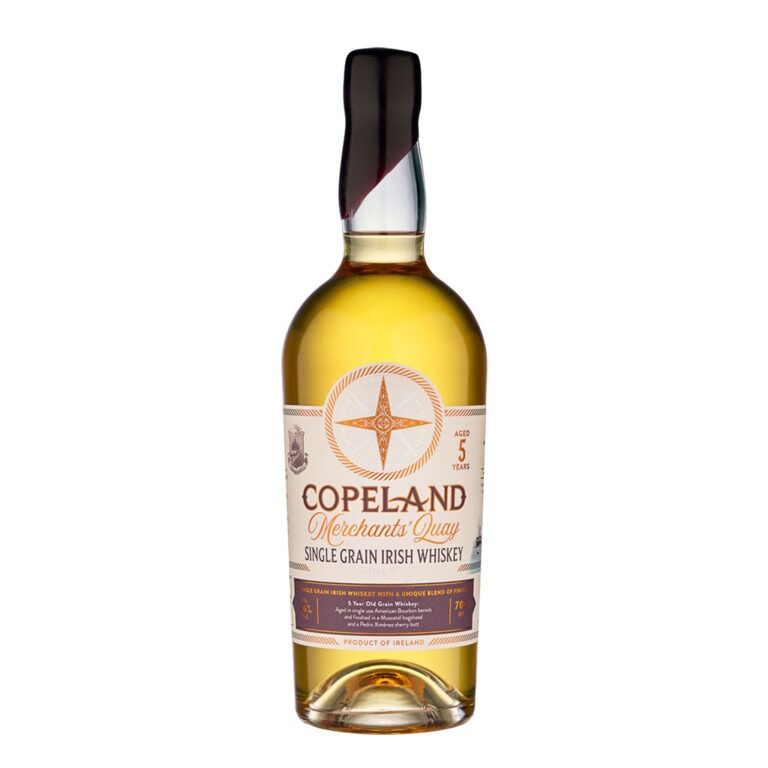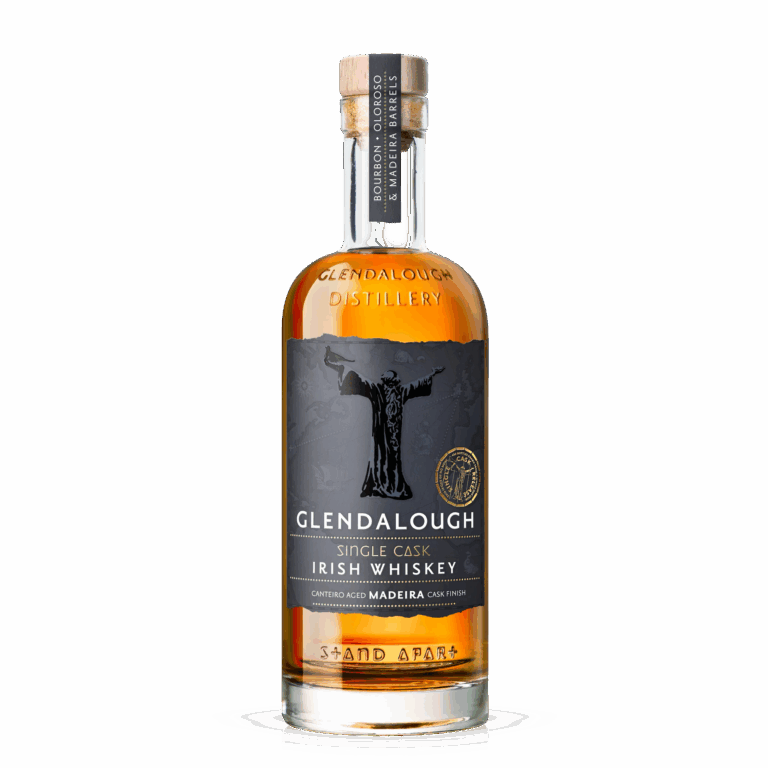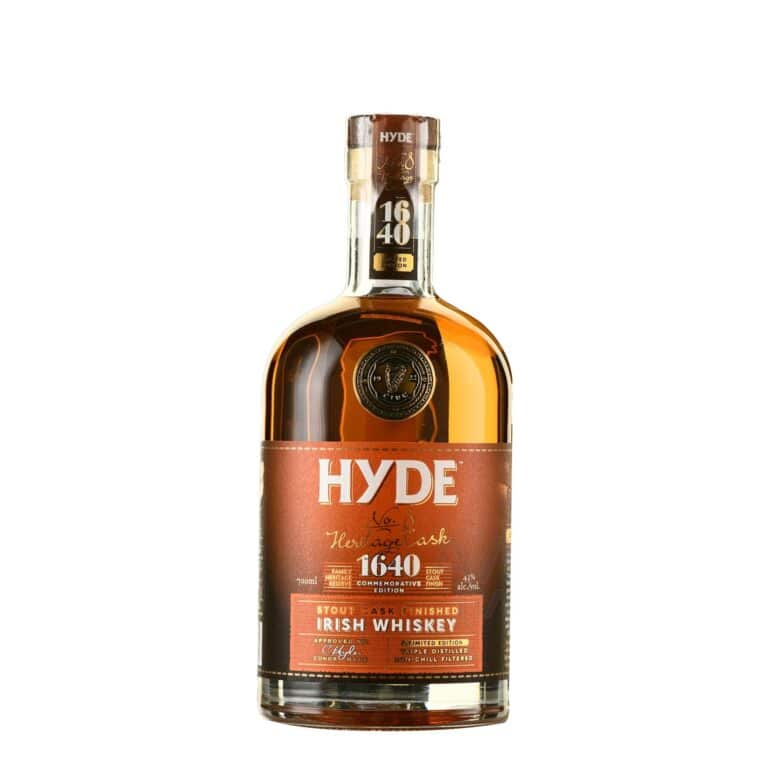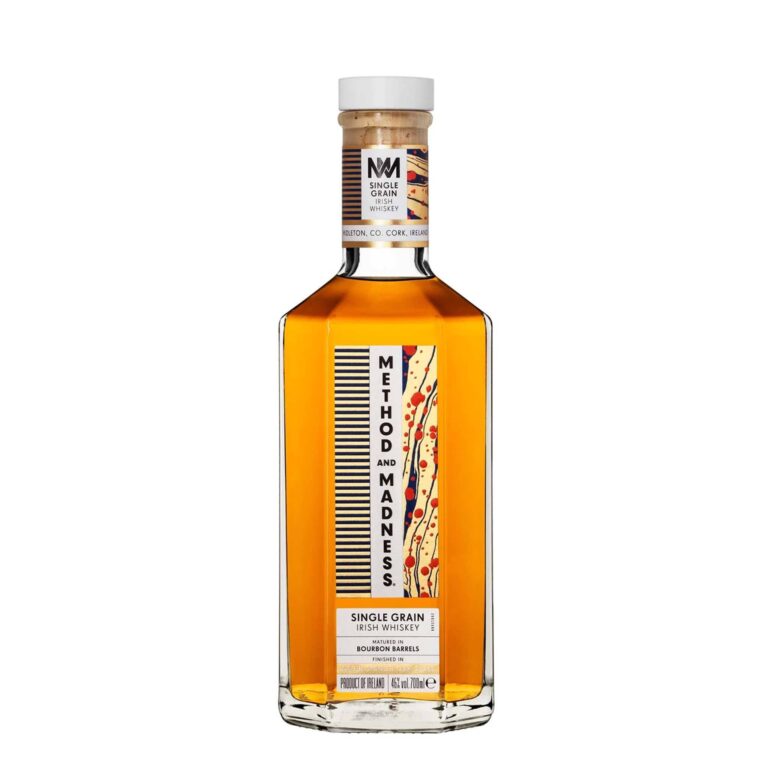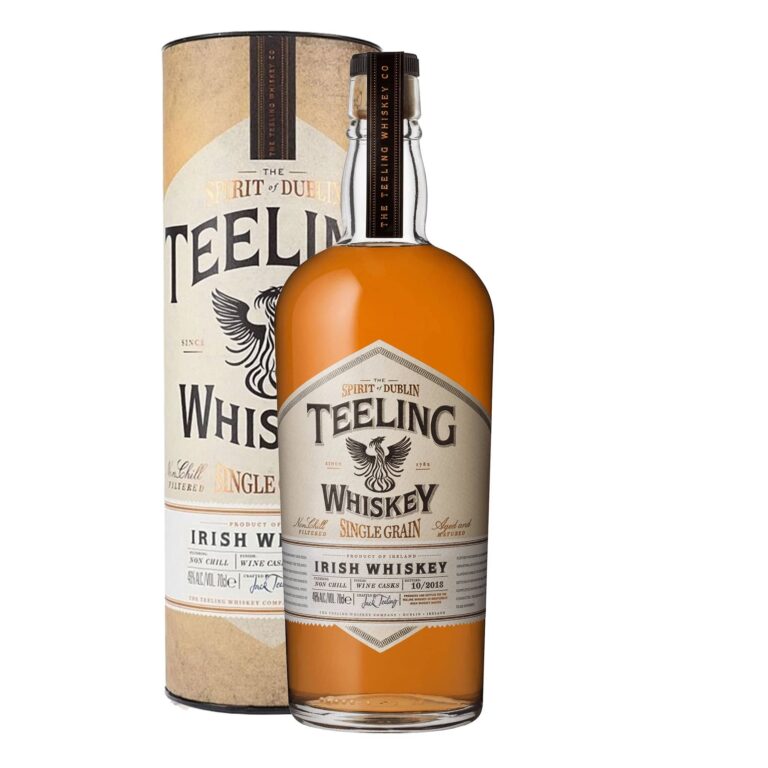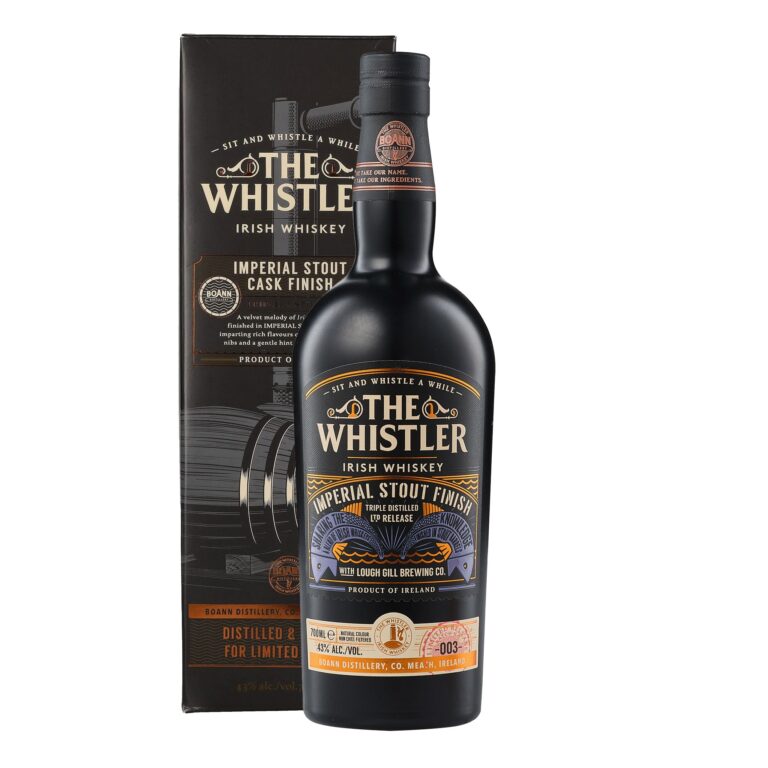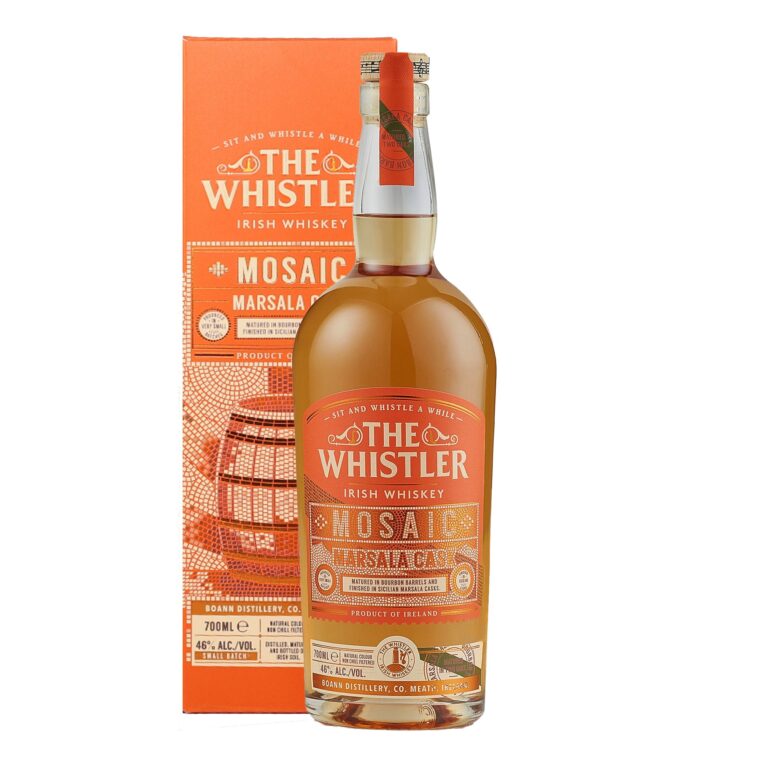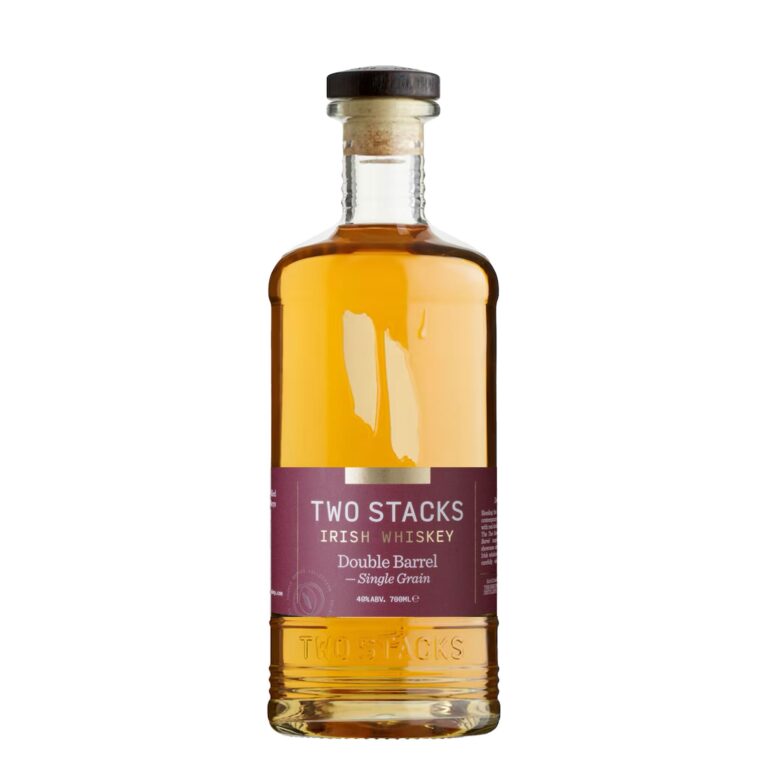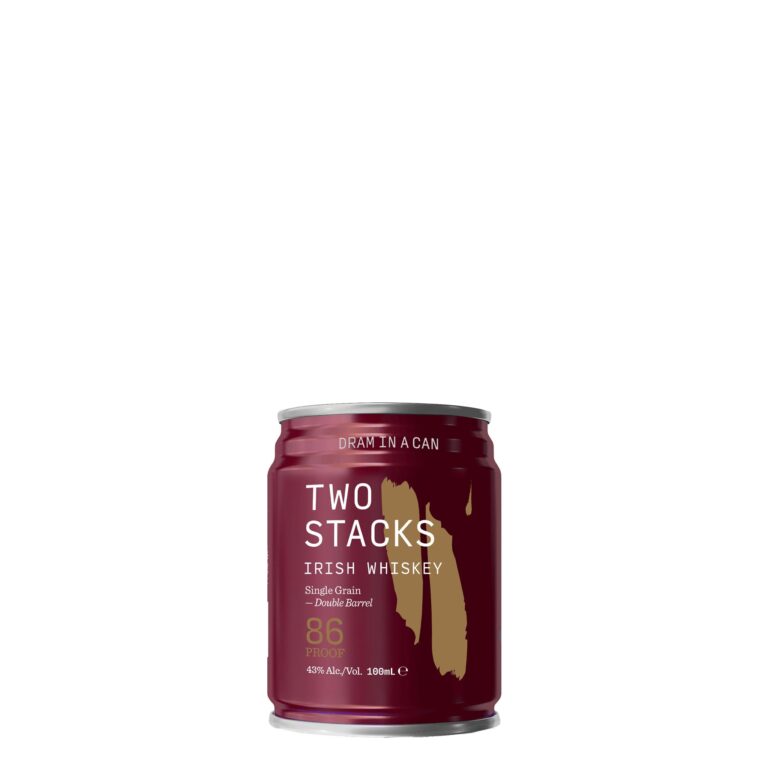Irish Single Grain
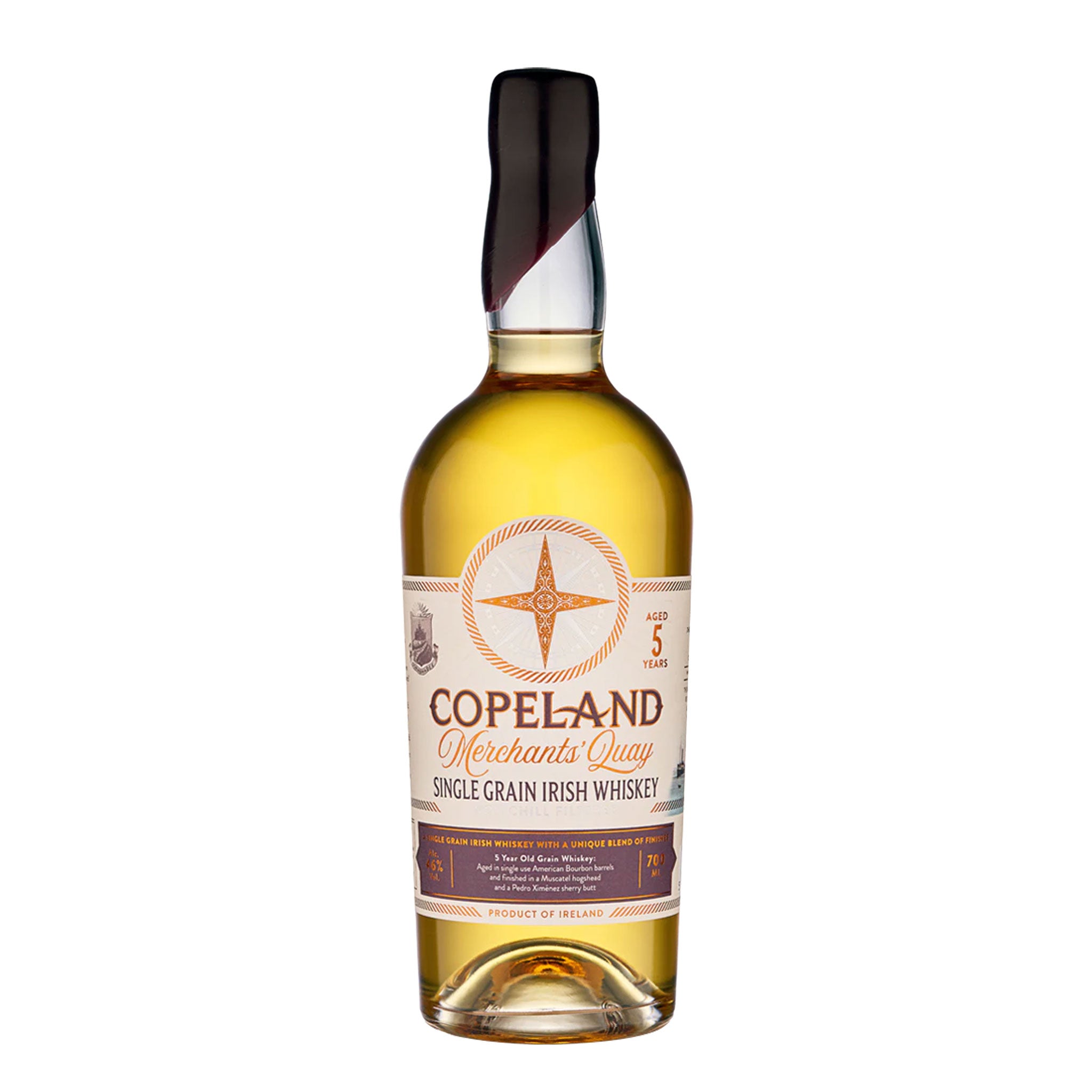
Just What Is Irish Single Grain Whiskey?
Allow’s begin with the essentials– since the expression “single grain” can be perplexing at first glimpse.
Single does not indicate it’s made from one grain. Rather, it means it’s generated at a single distillery.
Grain indicates it’s made from a mix of grains– commonly consisting of maize (corn), wheat, or barley– instead of malted barley.
So, Irish Single Grain whiskey is distilled from a mash that includes grains other than malted barley at one distillery in Ireland. It’s normally made in column stills (often called continuous stills), which produce a lighter, cleaner spirit compared to the larger, more durable pot-still scotches.
The outcome? A spirit that’s smooth, light, and subtly wonderful, frequently with notes of vanilla, honey, toffee, and soft spice. It’s approachable, very easy to consume neat or on ice, and functions beautifully in cocktails.
If you consider bourbon as a spectrum, single grain sits somewhere in between the friendly level of smoothness of blended Irish whiskey and the complexity of single malts.
Why It Deserves Your Attention
Single-grain scotches are a quiet success story in the modern Irish bourbon revival. For many years, they were the backbone of blends– the sustaining act behind heavyweights like Jameson or Powers. However, in the last few years, several Irish distilleries have begun bottling their single grain bourbon as a standalone product, and the results have actually gone over.
Here’s why it’s worth discovering:
Smooth and Accessible:
Irish single-grain whiskeys are normally triple-distilled, which gets rid of harsher impurities and creates that signature softness Irish whiskey is known for. Even novices to scotch discover them simple to delight in.
Economical Entry Point:
Compared to single malts or limited-edition pot still launches, single grain bourbons usually provide impressive high quality for the price. Numerous outstanding containers rest pleasantly between ₤ 30– ₤ 60 in the UK.
Versatile in Cocktails:
Their light body and mild sweetness make them a desire base for whiskey cocktails– assume Irish Old Fashioneds, Highballs, or perhaps bourbon sours.
Modern Craftsmanship:
Lots of newer Irish distilleries are trying out special surfaces– like red wine casks, rum barrels, or virgin oak– to include extra layers of flavour. That development is assisting single-grain bourbon earn the respect it long should have.
A Taste That’s Smooth Yet Surprising
So what does Irish Single Grain Scotch in fact taste like?
While every bottle is different, the majority share a familiar core profile:
Aromas: Vanilla, honey, toasted oak, and mild spice
Flavours: Sweet grain, toffee, sugar, soft fruit, and occasionally a touch of coconut or chocolate
Finish: Light, clean, and lingering with heat instead of melt
It’s a flavour profile that feels refined yet inviting– a perfect intro to the world of bourbon. If single malts are the deep, complex books of the scotch world, single grains are the perfectly written narratives– stylish, succinct, and satisfying.
Who Typically Enjoys Irish Single Grain Whiskey?
Honestly, almost anyone. Yet you’ll especially enjoy it if you fall into one of these teams:
Beginners: If you’re finding Scotch, this style’s smoothness and balance make it an easy beginning factor.
Laid-back Drinkers: It’s a fantastic selection for kicked-back nights or casual get-togethers when you want something delightful without being overpowering.
Alcoholic Drink Enthusiasts: Bartenders enjoy its versatility– it blends wonderfully without losing character.
Bourbon Explorers: If you’ve attempted Irish blends and single malts, single grain uses something refreshingly different– a lighter, silkier texture and typically more speculative cask finishes.
Popular Irish Single Grain Whiskeys Available in the UK
Right here are a couple of standouts you can conveniently discover online or in well-stocked UK stores:
Teeling Single Grain– A multi-award-winning scotch aged in Californian red wine casks, using a ruptured of red fruit and spice. Smooth, modern, and ideal for drinking.
Kilbeggan Single Grain– Soft, pleasant, and light, with notes of vanilla and coconut. Excellent value and a fantastic first bottle.
Method and Madness Single Grain: From the Midleton distillery, this whiskey incorporates a timeless Irish level of smoothness with a hint of development, usually finished in special casks.
Glendalough Double Barrel Single Grain– Matured in bourbon and sherry casks for a beautiful balance of sweetness and spice.
Belfast Distillery Co. Titanic Whiskey Single Grain: A reasonably brand-new addition, this bottle uses a tidy, maritime-inspired flavour and a lovely, warming finish.
These bottles stand for the expanding variety of single-grain scotches– evidence that Irish distillers are accepting creativity while maintaining their signature smoothness.
Irish Single Grain vs. Single Malt vs. Blended Whiskey
When you’re buying whiskey in the UK, you’ll frequently see 3 primary classifications: single malt, single grain, and blended. Each has its very own character, and recognizing their differences helps you pick confidently.
Single Malt
Made from 100% malted barley and distilled in copper pot stills at one distillery, single malts are full-bodied and rich. Assume deep layers of honey, spice, and fruit. They’re usually considered the most traditional expression of scotch craftsmanship.
Pros: Complex, fragrant, loaded with character
Disadvantages: Usually pricier and can be extreme for beginners
Single Grain
Distilled mostly from maize, wheat, or a mix of grains in column stills, single grains are lighter and smoother. They’re relaxed and accessible yet can still use intriguing depth when aged or finished in imaginative casks.
Pros: Smooth, flexible, terrific value, friendly flavour
Disadvantages: A Lighter body might also appear refined for fans of bold whiskies
Blended Irish Whiskey
Blends integrate multiple designs– normally single malt, single pot still, and single grain. They’re balanced, regular, and typically very smooth. Famous examples consist of Jameson and Bushmills Original.
Pros: Smooth, budget-friendly, trusted
Cons: Less distinctive flavour; may lack the originality of single malts or single grains.
In short:
If single malts are the “unique occasion” scotch and blends are your day-to-day friend, single grain sits pleasantly in between– fine-tuned sufficient to sip neat, however relaxed sufficient for casual nights or cocktails.
Why Irish Single Grain Is Perfect for Modern Drinkers
Today’s bourbon enthusiasts– specifically, more youthful target markets– desire flavour, high quality, and approachability without the pretence. Irish Single Grain hits all 3.
It’s:
Light yet flavorful– Perfect for those who locate smoky Scotch or extreme malts a bit much.
Budget-friendly yet premium– Most top-quality bottles retail under ₤ 50 in the UK.
Stylish and modern– Distilleries like Teeling and Glendalough have actually welcomed sleek, modern packaging that looks great on a shelf or as a present.
This balance makes single-grain bourbon among the best-kept secrets in the spirits world– a classification that uses real craftsmanship without the inflated price tags.
Just How to Taste and Enjoy Irish Single Grain Whiskey
There’s no wrong way to drink whiskey, yet there are methods to draw out its ideal. Right here’s exactly how to discover its flavour like a pro (without the snobbery).
1. Start Neat
Pour a small procedure– concerning 25ml to 35ml– into a tulip-shaped glass if you have one. Swirl carefully, and then take a slow sniff. You’ll likely get notes of vanilla, sugar, or toasted grain. Please take a little sip and allow it to sit for a minute prior to ingesting. You’ll notice its heat without harshness– that’s the hallmark of good Irish Single Grain.
2. Add a Drop of Water
A few drops of still water can open up the fragrances, especially if the Scotch is bottled above 43%. It softens the alcohol edge and permits subtle flavours– like fruit or spice– to beam through.
3. Try It on Ice
If you’re new to bourbon or prefer a cooler, smoother experience, a few ice cubes can make it extra revitalizing. Do not stress over “diluting” it way too much– single grains usually preserve their flavour perfectly even when cooled.
4. Mix It Creatively
Since it’s smooth and balanced, single-grain bourbon shines in cocktails. Attempt a Whiskey Sour, Irish Manhattan, or an easy Highball (bourbon with soft drink and ice). You’ll still taste that mild sweetness, however, with a lighter, much more social ambiance.
How to Choose the Right Bottle for You
When searching online or in-store, take into consideration these easy aspects to locate your ideal suit:
1. Age Statement (or Lack of One).
Older does not always mean much better. Some younger single grain whiskies– aged 5- 7 years– can be vibrant and dynamic, especially if finished in intriguing casks. Older launches (10+ years) tend to be smoother and a lot more complex.
2. Cask Finish.
Take note of the sort of cask listed on the label:.
Bourbon barrels: traditional vanilla and caramel sweetness.
Red wine casks: fruitiness and spice.
Sherry casks: rich, nutty, deepness.
Rum casks: exotic sweetness.
3. Cost Range.
Anticipate to spend:.
₤ 30– ₤ 40 for strong entry-level bottles.
₤ 45– ₤ 70 for premium craft or cask-finished launches.
₤ 80+ for restricted editions or older age declarations.
4. Strength (ABV).
Standard bottles float around 40– 46% ABV. Cask-strength versions can climb up greater, providing even more punch and strength for experienced drinkers.
Frequently Asked Questions.
1. What is Irish Single Grain scotch, in simple terms?
It’s an Irish whiskey made mostly from grains like maize or wheat, instead of simply malted barley, and created in one distillery. The result is a lighter, smoother spirit that’s easy to enjoy neat or mixed.
2. Is Irish single-grain whiskey good for beginners?
Absolutely. It’s one of the most friendly styles of whiskey thanks to its mild flavour, mild sweetness, and lack of harsh smokiness. Many people who find Scotch or bourbon too solid fall for single-grain whiskey.
3. Just how much does a great bottle cost in the UK?
Most top-quality Irish single-grain scotches range between ₤ 30 and ₤ 60, though restricted editions or older releases can go higher. The Teeling Single Grain, for instance, typically kicks back ₤ 45– ₤ 50 and is an excellent base.
4. What’s the best way to consume it?
There’s no rigorous policy. Try it neat very first to appreciate its flavour, then experiment– add a decrease of water, pour it over ice, or use it as the base for classic cocktails like an Old Fashioned or Whiskey Sour.
5. Where can I get Irish Single Grain bourbon online in the UK?
Reliable retailers include The Whisky Exchange, Master of Malt, and Amazon UK, in addition to regional bourbon specialists. Always buy from trusted sources to guarantee authenticity and appropriate storage problems.
6. How does it vary from Scotch grain whiskey?
Both use comparable purification approaches (column stills), yet Irish Single Grain is normally triple-distilled, offering it a cleaner, smoother finish. Scotch grain whiskey usually carries a somewhat drier or more durable profile as a result of different grains and climate conditions.

